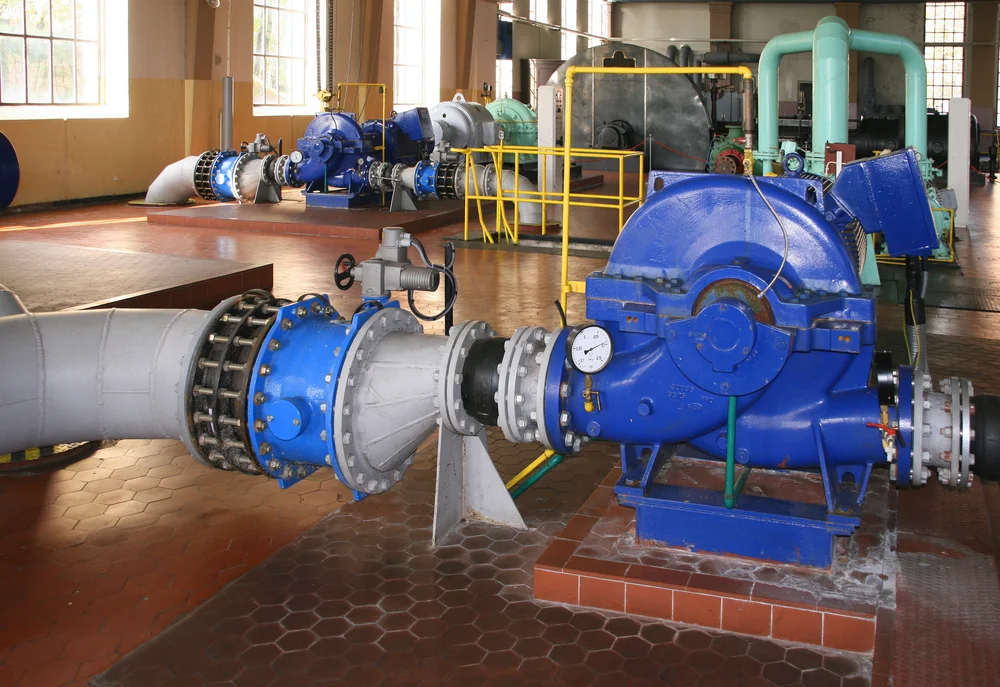Design and Ownership of Managed Aquifer Recharge (MAR)/ Aquifer Storage Recovery (ASR) Wells
/by Thom Hanna
As the availability of storage for water becomes more difficult to obtain and changes in wet and dry conditions occur, aquifers that are being used for water supply can be utilised for the storage of water. During period of water abundance, water can be stored in aquifers and extracted at times when the water is needed providing more water resilience. Managed aquifer recharge (MAR) is becoming an important practice for water management in response to increasing water scarcity and global climate change. MAR allows water storage with a minimal use of above-ground space and prevents the loss of water by evaporation. MAR has been practised for many years by supplying water in confined and unconfined aquifers. MAR applications can be less than 1/3 that of traditional reservoir storage.
The design of wells used for MAR have many similarities to production wells, however wells used for injection and extraction (Aquifer Storage and Recovery, ASR) require additional design considerations for their successful long-term operation. Inefficient wells used for MAR are more expensive to own, operate, and require more maintenance resulting in downtime.
Double surge block / airlift development tooL
One of the biggest challenges for MAR system is clogging of the well and lost efficiency. Water quality needs to match that of the aquifer and materials used in the construction of the well should be selected to not introduce materials into the aquifer that will increase the rate of clogging or geochemical reactions in the aquifer. The well equipment selected needs to be resistant to corrosion so that the recharge water chemistry and/or biological corrosion agents do not cause aquifer degradation due to physical clogging and chemical reaction with the aquifer materials and water in the aquifer and well maintenance and rehabilitation. Filter pack selection of size and material for production efficiency and bacteriological resistance to fouling is important and can aid in well development and well efficiency.
The flow control of recharge water requires careful consideration and selection in order to prevent cascading water from entraining air and pushing it into the well casing, bore, and aquifer. The entrained air can be responsible for blocking of water flow, and is a source of oxygen that may increase corrosion and biofouling. As part of the flow control pumps and motors require careful selection and application in order to allow for long term reliability and adequate backflushing of the aquifer
Completion of 600 metre deep well using 24-in Super Vee screen
Instruments for measuring flow, water levels, water temperature data can be stored and charted for study and comparison over time. Pump and motor data including motor amperage, voltage, KW, KWH, and rotational speed provides the means for calculating pump efficiency, energy use, and assists in the calculation of wire to water overall efficiency. All of these instruments, their data, and the automation logic allow for the review of the well and equipment over time to allow the operators to be proactive in efficient operation and maintenance.
Backflushing is an operational consideration where water is pumped to waste to remove sediment and materials and will vary between well sites. If injection water is filtered 10 microns backwashing and rehabilitation will be greatly reduced. However, eventually a well rehabilitation will be required to run the system efficiently. By tracking operational and chemical data form the well and pumping system, the well owner can be proactive in scheduling maintenance.
Thom Hanna is the Technical Director Water Well Products – Johnson Screens
To find out more about Large Capacity Water-Supply Wells and Managed Aquifer Recharge (MAR) register for a one-day workshop, free of charge, on 14 November 2023. Click here to register.
You may also be interested to read about “The Well Development Process - Part One” and Part Two which was published in the NGWA’s Water Well Journal in April and June 2023. An excellent read.






